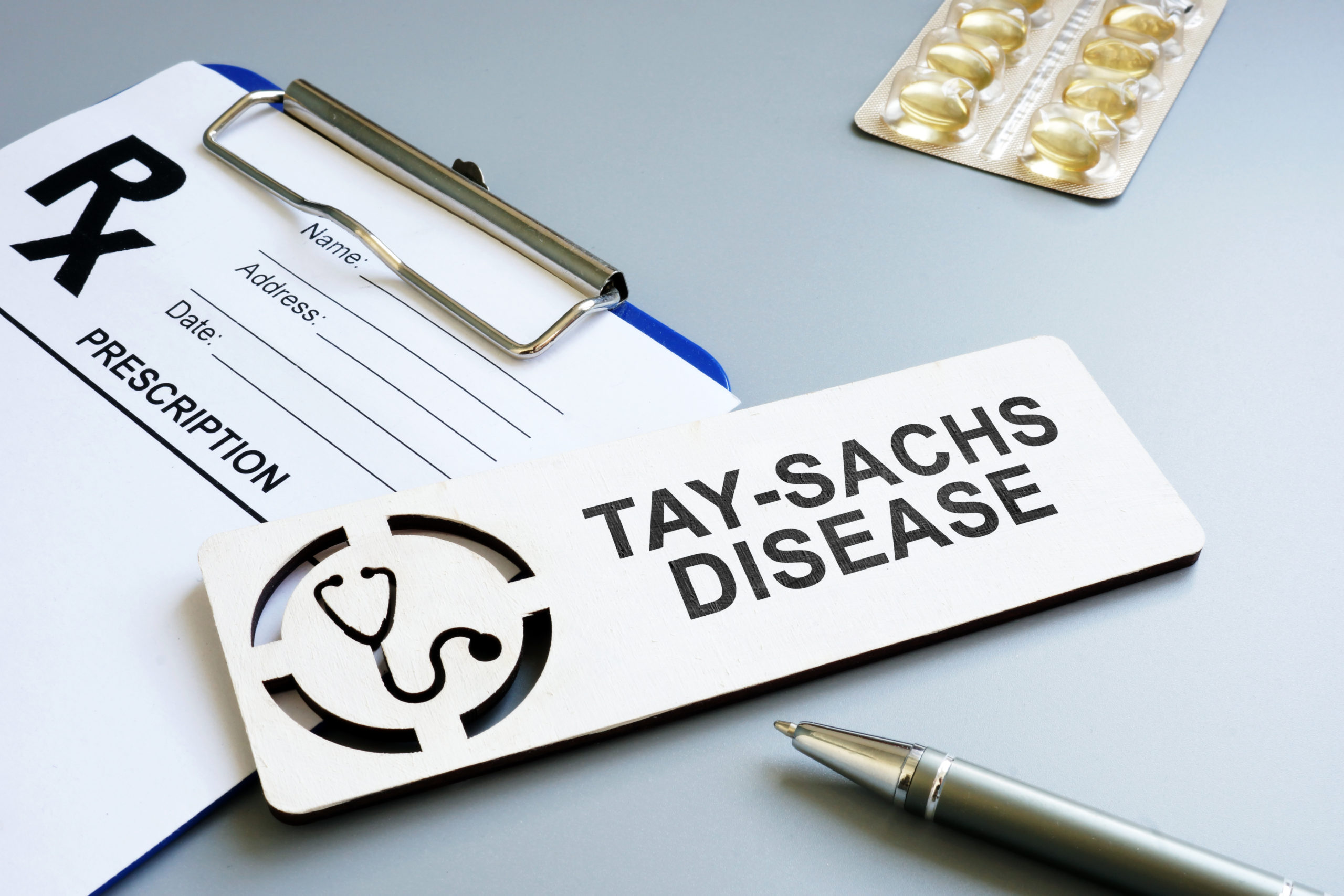Tay-Sachs Disease


Tay-Sachs disease is a genetic disorder, which is passed on to children from parents. It leads to improper functioning of the nerves.
What is Tay-Sachs disease?
When an enzyme that is responsible for breaking down fatty substances in the human body is absent, then Tay-Sachs disease develops. The fatty substances, called gangliosides, keep on increasing to toxic levels in the child’s brain, affecting the nerve cells. As t Tay-Sachs his disease progresses, your child starts losing muscle control. In time, this causes blindness, paralysis and death. Th disease is a genetic disorder that is passed from parents to their children. It occurs when a child inherits the gene from both parents.
What are the symptoms of Tay-Sachs disease?
If a child has Tay-Sachs disease, he/she will begin showing the symptoms from a very early age. The common symptoms are:
- Vision loss
- Hearing disability
- Seizures
- Muscle weakness
- Loss of motor skills
- Exaggerated reaction to loud noises
- Cherry red spots in the eye
- Movement issues
- Unable to crawl
- Unable to sit up
- Unable to turn over in the bed
When should you see a doctor?
So, if you spot any of the symptoms mentioned above in your child, you must contact your doctor right away.
Request an appointment at Apollo Hospitals.
Call 1860-500-1066 to book an appointment.
What are the complications?
It is a genetic disorder but a very rare disease too. Some of the significant complications associated with Tay-Sachs disease are:
- It can progressively damage the nervous system of a child for his/her entire lifetime.
- Intellectual disability and paralysis are common complications of this disease. That is why children beyond the age of 4 rarely survive when they have this disease.
Is there a way to prevent Tay-Sachs disease?
Unfortunately, there is no way of preventing Tay-Sachs disease. If you inherit it genetically from your parents, there is no possible way to prevent it. That is why people woth family history or high risk must go for genetic testing before they decide to conceive.
How can Tay-Sachs disease be treated?
- Anti-seizure medications can manage the symptoms of Tay-Sachs disease.
- Your child might have respiratory problems or trouble swallowing foods, so feeding tubes can be of prominent help to enable them to eat food and drink without causing breathing problems.
- Children at risk of Tay-Sachs disease are likely to suffer from lung infection. That is why sometimes chest physiotherapy is recommended to remove the mucus from the lungs.
- Physical therapy is also recommended. It will reduce the joint stiffness and enable the child to move more freely and will also delay the pain and loss of function in the shortened muscles.
Conclusion
In the future , gene therapy and enzyme therapy are likely to be some of the potential treatment options. It will gradually slow down the progression of Tay-Sachs disease, but there is still no cure for this disease.
Frequently Asked Questions (FAQs)
1: How can I take care of my child with Tay-Sachs disease?
Ans: Ask the doctor of your child to suggest information and resources to help you and your family cope with you’re the needs of the child. Check out for any local support groups to connect you with other families who share similar challenges.
2: What are the different types of Tay-Sachs disease?
Ans: Classic infantile Tay-Sachs is the most common type that develops when a baby is around six months old. Juvenile Tay-Sachs develops when your child belongs to the 2-5 age group. Chronic Tay-Sachs occurs before your child turns 10. Finally, late-onset Tay-Sachs develops in early or late adulthood and shortens life expectancy.
3: How do doctors diagnose Tay-Sachs disease?
Ans: The blood test checks the levels of the enzyme known as hexosaminidase in the blood of the child. In Tay-Sachs disease, the levels are either low or absent.
While performing a careful eye examination of the child, the physician may look for a cherry-red spot in the back of the eyes of your child, which is a sign of the disease.





